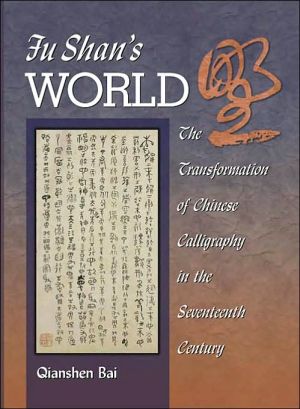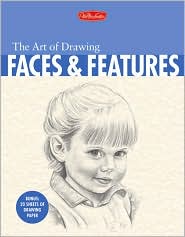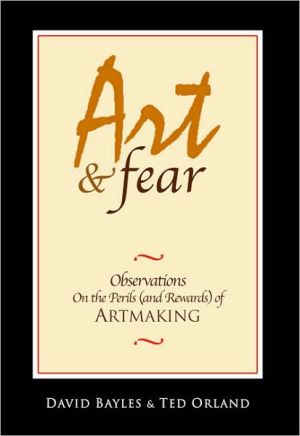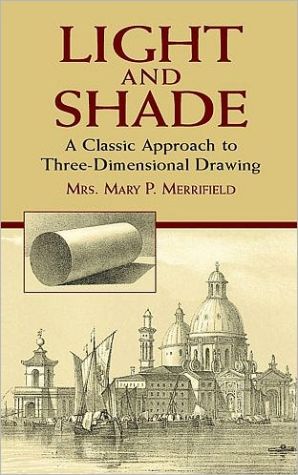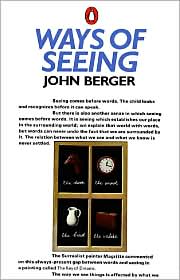Fu Shan's World: The Transformation of Chinese Calligraphy in the Seventeenth Century
For 1,300 years, Chinese calligraphy was based on the elegant art of Wang Xizhi (A.D. 303-361). But the seventeenth-century emergence of a style modeled on the rough, broken epigraphs of ancient bronzes and stone artifacts brought a revolution in calligraphic taste. By the eighteenth century, this led to the formation of the stele school of calligraphy, which continues to shape Chinese calligraphy today.\ A dominant force in this school was the eminent calligrapher and art theorist Fu Shan...
Search in google:
For 1,300 years, Chinese calligraphy was based on the elegant art of Wang Xizhi (A.D. 303-361). But the seventeenth-century emergence of a style modeled on the rough, broken epigraphs of ancient bronzes and stone artifacts brought a revolution in calligraphic taste. By the eighteenth century, this led to the formation of the stele school of calligraphy, which continues to shape Chinese calligraphy today.A dominant force in this school was the eminent calligrapher and art theorist Fu Shan (1607-1685). Because his work spans the late Ming-early Qing divide, it is an ideal prism through which to view the transformation in calligraphy. Rather than seek a single explanation for the change in calligraphic taste, the author demonstrates and analyzes the heterogeneity of the cultural, social, and political processes behind it. Among other subjects, the book covers the late Ming interaction between high and low culture; the role of publishing; the Ming loyalist response to the Qing; and early Qing changes in intellectual discourse. In addition to the usual approach of art historians, it adopts the theoretical perspectives of such fields as material culture, print culture, and social and intellectual history.S. Skaggs - ChoiceCalligraphy has long been considered the pinnacle of Asian art. Bai examines a particular period in the development of Chinese calligraphy: the transitional period between the Ming and Qing dynasties...[His] book is a delight to read, accessible yet full of colorful detail. Bai brings academic rigor to the subject, yet delivers the information in a way both suspenseful and intriguing. He shows himself to be not only a fine scholar but also a terrific writer.
IllustrationsCalligraphy Terms and Chinese NamesIntroduction11Late Ming Culture and Fu Shan's Early Life52Fu Shan's Life and Calligraphy in the Early Years of the Manchu Conquest833New Intellectual Tendencies and Fu Shan's Advocacy of Epigraphical Calligraphy1534Calligraphy and the Changing Intellectual Landscape209Epilogue257Reference MatterNotes265Works Cited295Character List313Index323
\ China Review InternationalThis is an ambitious and wide-ranging book. Qianshen Bai endeavors to construct the historical circumstances under which the scholar-artist Fu Shan (1607-1684) contributed to dramatic changes in the practice of calligraphy during the late seventeenth century...There is much to be learned in the densely argued pages of this book. By analyzing the craft of Fu's calligraphy, Bai generously shares his own expertise as a calligrapher, which doubtless aided his comprehension of Fu Shan's famously difficult writing.\ — Anne Burkus-Chasson\ \ \ \ \ \ ChoiceCalligraphy has long been considered the pinnacle of Asian art. Bai examines a particular period in the development of Chinese calligraphy: the transitional period between the Ming and Qing dynasties...[His] book is a delight to read, accessible yet full of colorful detail. Bai brings academic rigor to the subject, yet delivers the information in a way both suspenseful and intriguing. He shows himself to be not only a fine scholar but also a terrific writer.\ — S. Skaggs\ \ \
